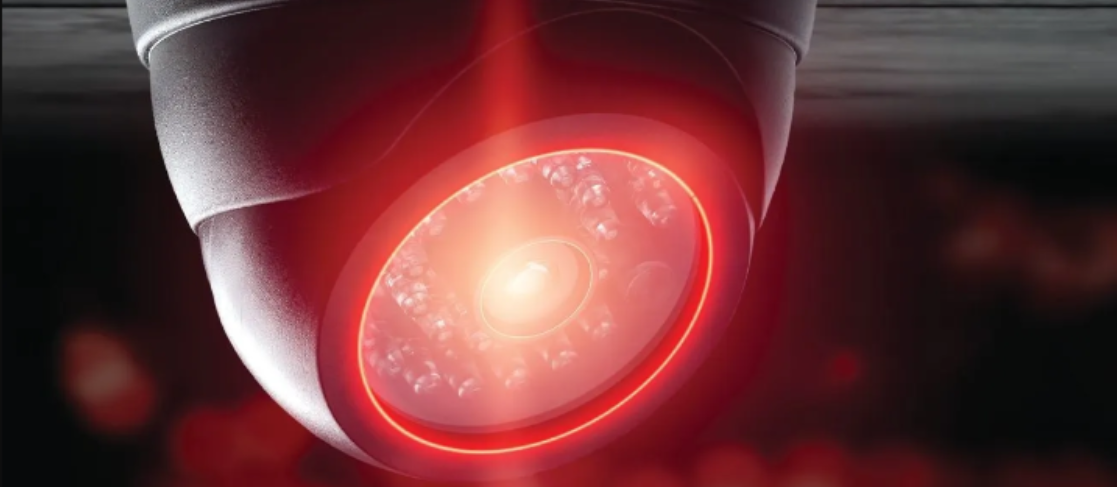Preventive & Predictive Maintenance
Why a sound maintenance strategy matters

An operation’s biggest asset is their workforce. An organization’s second biggest asset includes their building and all the equipment in it. Equipment must be in top operating condition to allow employees to achieve business objectives and complete tasks in a safe and productive manner to meet the customers’ expectations. Maintaining the building and equipment protects the workforce which protects the bottom line.
A successful maintenance strategy includes two parts, Preventive maintenance (PM), and predictive maintenance (PdM). Effectively managing both PM and PdM enhances safety, ensures continuity of business operations, and allows for effective time management of personnel and machinery.
An illustration of PM vs PdM
PM and PdM go hand in hand. PM is designed to deal with the routine servicing and replacing of standard wear and tear items. PdM takes a long-term approach with the goal of extending the life and operation of machines past the normal expected operating time.
Consider an air handling unit on a facility’s roof top.
- Facility 1 is in an area that deals with snow and cold days alongside hot and humid days.
- Facility 2 is in a location that experiences high temperatures all year-round.
Both facilities get the same OEM manual with purchase of the air handling system. That manual recommends belt adjustments and filter replacements after every 1,000 hours of run time. Both maintenance teams follow this schedule, and the units perform without any issues. However, Facility 1 takes 100 days to hit 1,000 hours of use. At Facility 2, the unit works more frequently and must manage higher temperatures to ensure the building stays at the desired temperature. Thus, this unit reaches the same 1,000 hours of run time every 42 days.
The same equipment must work harder in the hot climate to reach the same performance and the PM work needs to be done more frequently than in a cooler climate. However, the type of PM work is not changing. As the equipment in Arizona gets more of a workout, the PM frequencies are adjusted to meet the OEMs recommendation. The OEM schedule accounts for this difference in work by setting the schedule based on hours of run time, however, other components within the air handling unit that are not on a PM schedule also get higher use. This increases the chance of a catastrophic system breakdown in the second facility.
Implementing PdM
Predictive maintenance (PdM) focuses on the condition of things like bearings, motors, and other parts. Critical parts that are not covered by Preventive maintenance.
To implement, first understand the critical components of the equipment. Once identified, establish a baseline. This is done with tools and equipment used to measure chosen indicators when a part is in good working condition. That baseline allows a facility to measure those indicators at predetermined intervals and document any deviations. As the part deteriorates, indicating failure, a decision can be made to either run to a catastrophic failure or to shut down the unit and replace the part before it fails. This is a key benefit to PdM. It provides notice of a failure and affords a choice of how to respond, potentially avoiding hours, days or even weeks of downtime.
With the benefit of early indicators of failure, operations plans can be adjusted, maintenance workers can be scheduled, and customers can be made aware of any impacts to timelines or production. An often-overlooked side benefit of a planned shutdown versus catastrophic failure is scheduling the right people to complete the maintenance. When machinery is pushed to catastrophic failure, the people in the facility at the time of failure are often the ones tasked with maintenance. This can cause false installation and increase the potential for safety hazards. PdM allows time to plan and to respond in an organized way.
It is logical to start with the most critical piece of equipment causing the most failure concerns and work toward other equipment. Once a facility’s experience with PdM increases, so will its understanding of the most critical components to watch out for, allowing it to better assess which parts will fail first, freeing up valuable time for other tasks.
Once implemented, PdM provides long-term data on the failure rate of critical components. With that information, these critical parts can be added for repair or replacement to a standard PM schedule, increasing time savings, uptime, and customer satisfaction.

Mike Schlagenhaufer is a manufacturing consultant at Acuity Insurance, where he brings more than 40 years of experience in manufacturing, starting with an apprenticeship and working his way through a variety of positions in the manufacturing field. He joined Acuity in 2015 as a manufacturing consultant. His priority is to evolve how manufacturers deal with and think about insurance companies and act as a resource for his fellow employees—enabling them to better understand the unique needs of manufacturers.
Read more on Operations & Maintenance , Project Management and Risk Management
Explore All FMJ Topics









